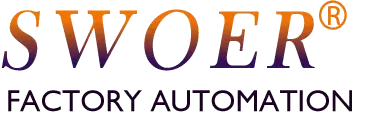- High Initial Investment Cost
- Tavsif: A complete system includes a vibrating platform, industrial vision system, robot, and software, costing significantly more than traditional feeders.
- Pain Point: The largest barrier for SMEs; ROI must be carefully evaluated.
- Relatively Lower Cycle Speed
- Tavsif: The “scatter-scan-pick” process is sequential. The robot typically picks one part at a time, limited by scattering and processing time.
- Pain Point: Maximum speed can be lower than a well-tuned multi-track vibratory bowl for pure speed applications.
- High Dependence on the Vision System
- Tavsif: The system relies entirely on vision. Reflective, low-contrast, or transparent parts can cause recognition failures.
- Pain Point: System stability is highly sensitive to lighting and part appearance.
- Tray Compatibility and Part Limitations
- Tavsif:
- Optimal performance for different parts may require changing the tray.
- Very small, lightweight, or highly magnetic parts may not scatter effectively.
- Pain Point: Not a universal solution; has specific part compatibility limits.
- Larger Footprint
- Tavsif: The system requires space for the robot, camera, and platform, occupying more space than a compact vibratory bowl.
- Pain Point: Requires more careful floor space planning.
- High Expertise Required for Programming and Maintenance
- Tavsif: Setup and troubleshooting require skilled engineers in robotics, vision, and software.
- Pain Point: High barrier to operation and maintenance.
In summary, the pain points of flexible feeders revolve around cost, speed, stability thresholds, and technical dependence. They are powerful for flexibility and complex parts, but not the optimal solution in every scenario.
